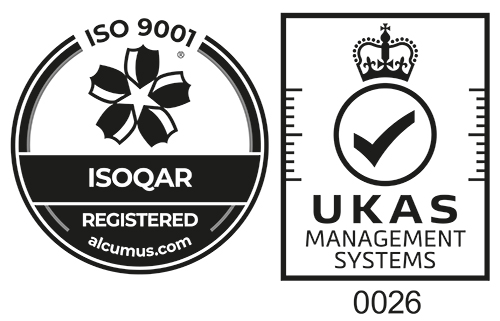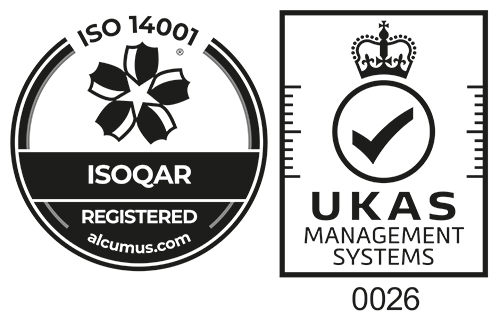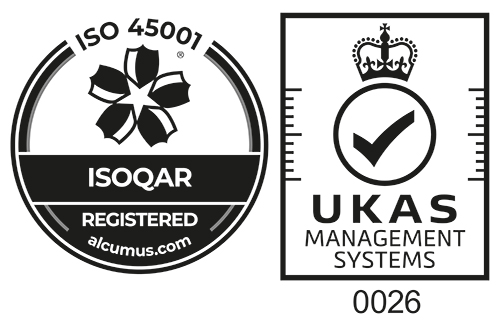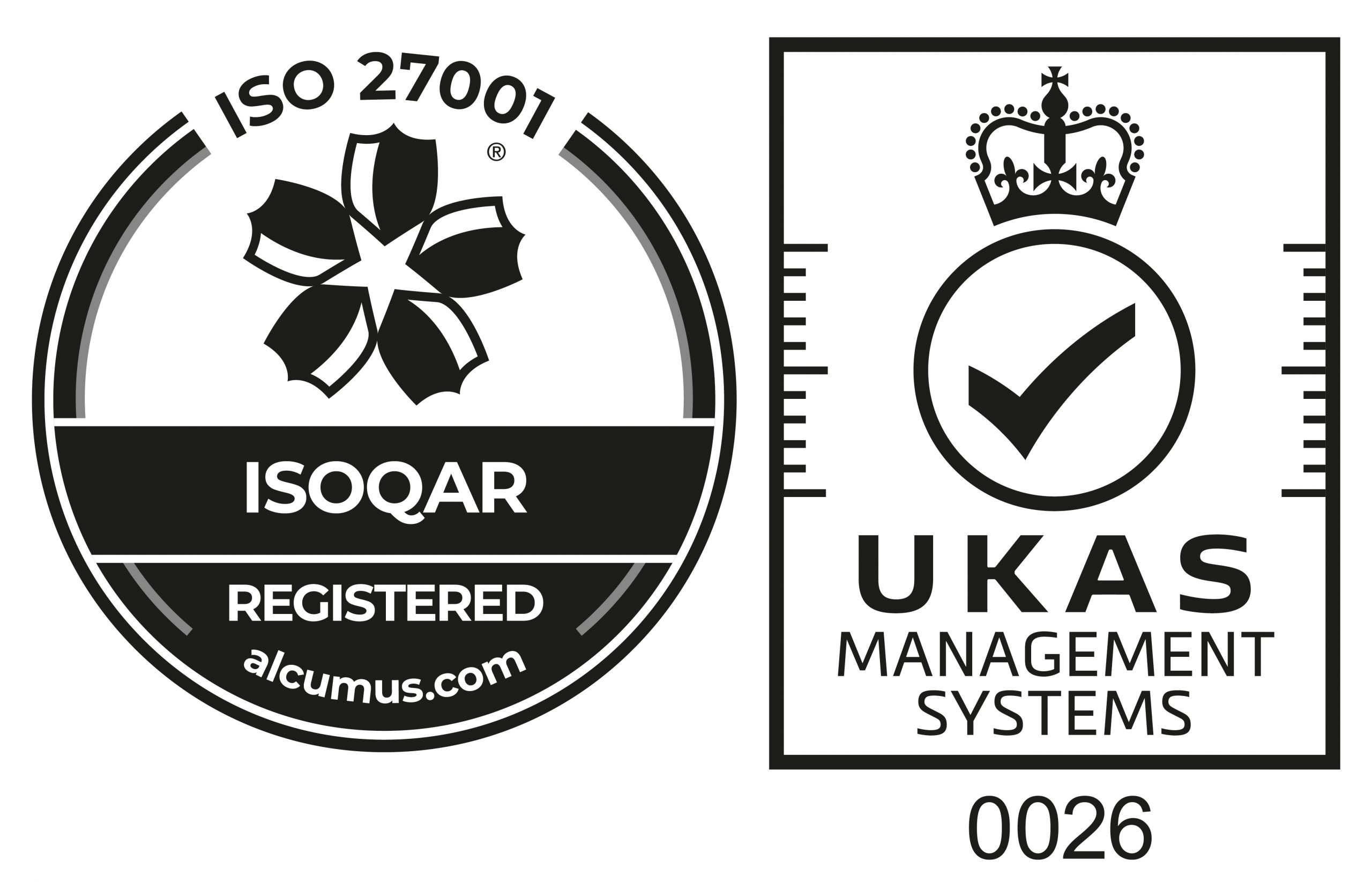The construction industry accident fatality rate stands at twice that of other sectors. Construction sites are therefore callenging places from a health and safety perspective – almost every conceivable hazard exists within this constantly changing working environment.
However the hazards associated with construction sites are well known and luckily most responsible employers are aware of their duty of care to employees, visitors, and those that may be affected by their activities, and will manage the site effectively, implementing appropriate accident prevention measures.
[vc_video link=”https://www.youtube.com/watch?v=0OPQUmy47OI” el_width=”80″ align=”center”]
Listed below are just a few of the main hazards that are encountered on a typical construction site:
1. Working at Height
The construction of buildings invariably requires tradesmen to work at height. Fatalities and injuries involving height relating factors account for many accidents each year. The risks associated with working at a height are often increased by additional access and mobility restrictions.
2. Moving Objects
A construction site is always on the move; hazards are inherent to this industry and only increase as a construction project progress. Construction sites are busy places what with the shear volume of constantly moving vehicles and trades people – overhead lifting equipment shifting heavy loads, supply vehicles, dumper trucks everywhere, manoeuvring around a usually uneven terrain. Site layout is crucial to ensure a smooth flow or goods, materials and the workforce around it to ensure all remain safe. Correct access controls that accurately record entry and exit along with a comprehensive induction go a long way to maintaining safety on site.
4. Slips, Trips, & Falls
When you consider all the activities going on around the site at any one time it is unsurprising that slips, trips, and falls happen frequently. Construction sites are place of holes in the ground, buildings at various stages of completion, scaffolding, stored materials and equipment: you really do need to have your wits about you at all times. Proper training in the form of briefings and tool box talks can be carried out by site managers to ensure workers are made aware of these dangers in general and that can be unique to each site. These should be recorded in a useable format to ensure everyone has been briefed and the message has been tailored to different workers as well.
5. Noise
Noise is a major hazard on site. Excessive noise causes over a period can cause long term hearing problems and can be a dangerous distraction, the cause of accidents. Employers are required to carry out and document a comprehensive noise risk assessment – and issue appropriate PPE (Protective Protection Equipment).
6. Material & Manual Handling
Materials and equipment is being constantly lifted and moved around on a construction site, whether manually or by the use of lifting equipment. Different trades will involve greater demands, but all may involve some degree of risk. Where employee’s duties involve manual handling, then adequate training must be carried out. Where lifting equipment is used, then adequate training must also be carried out, but may involve some form of test, to confirm competency. Records of training must be maintained for verification and kept up to date.
7. Airborne Fibres & Materials – Respiratory Diseases
Construction sites cause a lot of dust, some of which can be toxic mix of hazardous materials and fibres that can damage the lungs. Often the dust is invisible and fine. Just issuing PPE is not enough…employers have a duty to ensure protective equipment is actually used. Failure to do so could render an employee to disciplinary action and in hot water with the health and safety executive. All this activity needs to be logged in a central location for future reference.
8. Electricity
On average, three construction industry workers are electrocuted each year during refurbishment work on commercial and domestic buildings. People working near overhead power lines and cables are also at risk. There are also a growing number of electrocutions involving workers who are not qualified electricians but who are carrying electrical work, such as plumbers and joiners and decorators. Competencies need to be checked prior to contractors coming on site and off limit areas need to be highlighted as part of the induction process.
Mosaic Software – Making Site Management Easier
 Behind every construction project there is a need to successfully induct workers, monitor site access and check competencies. Mosaic does all of this and more via an online Network Passport and Smart Card system. With this system one card really does open up a world of innovative site management possibilities.
Behind every construction project there is a need to successfully induct workers, monitor site access and check competencies. Mosaic does all of this and more via an online Network Passport and Smart Card system. With this system one card really does open up a world of innovative site management possibilities.
Please click here to read more about how we can help you manage your projects





